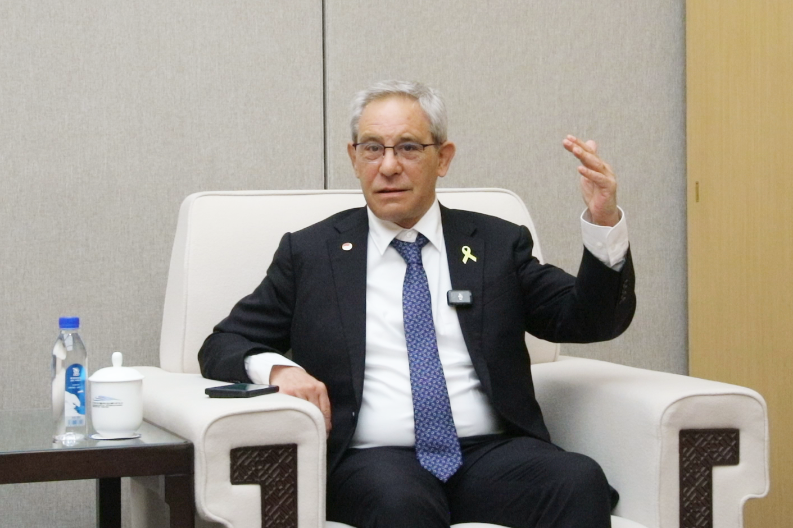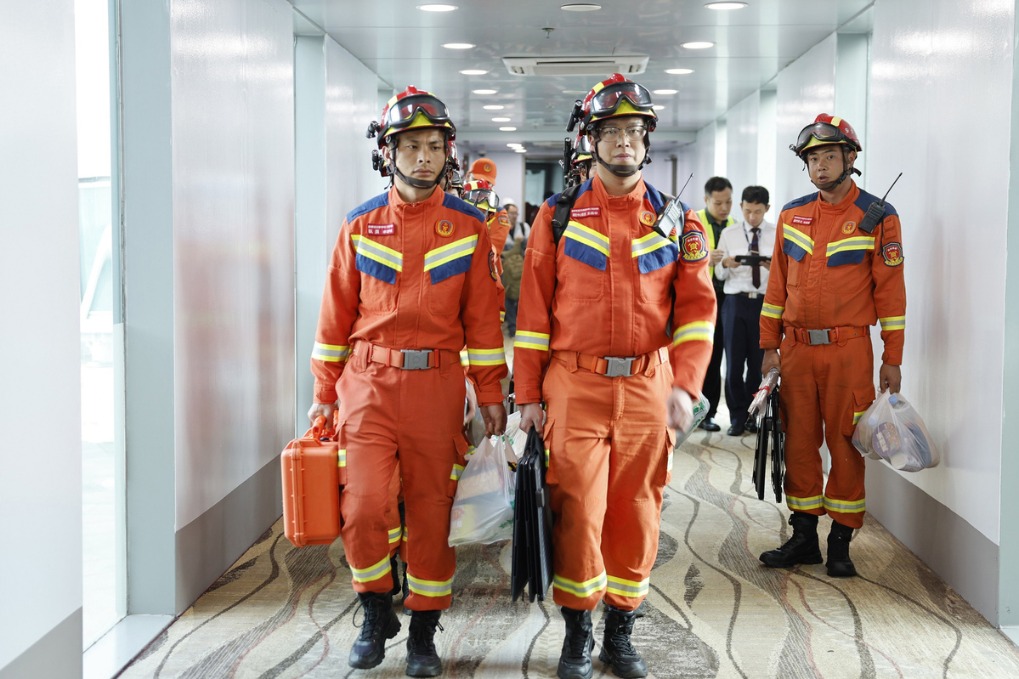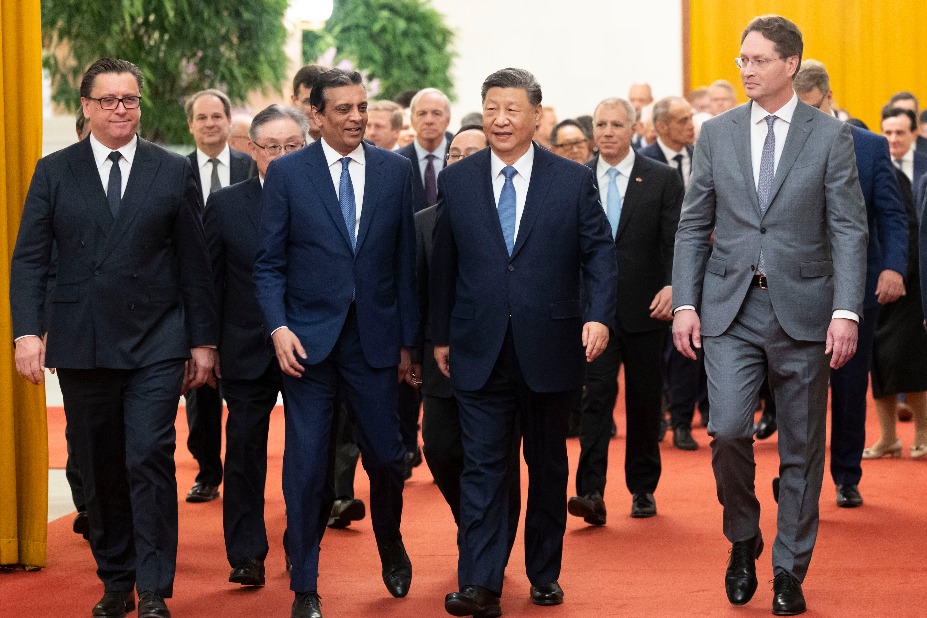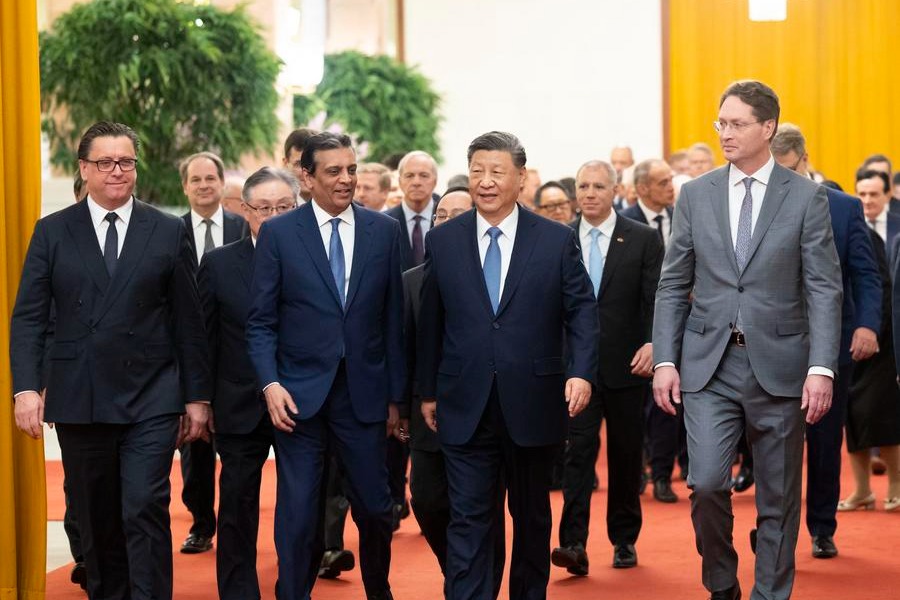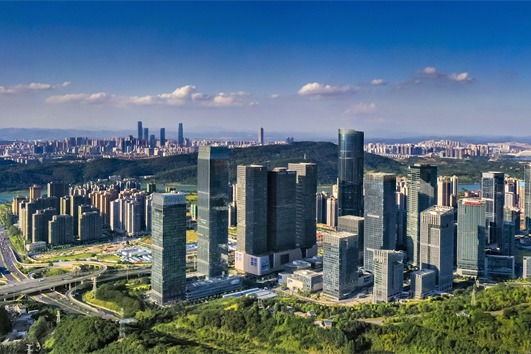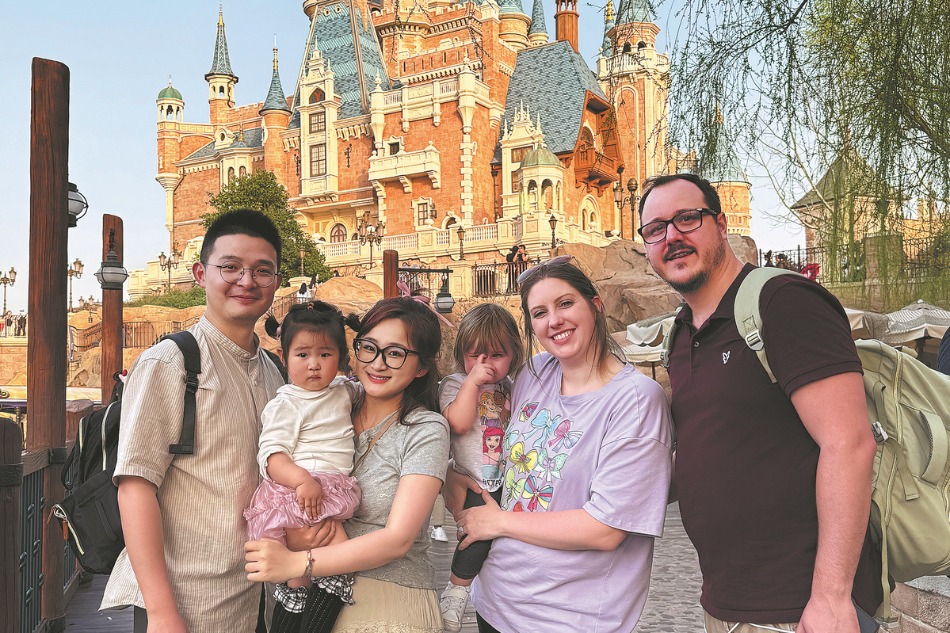Beijing's 'green lung' gives capital breathing space

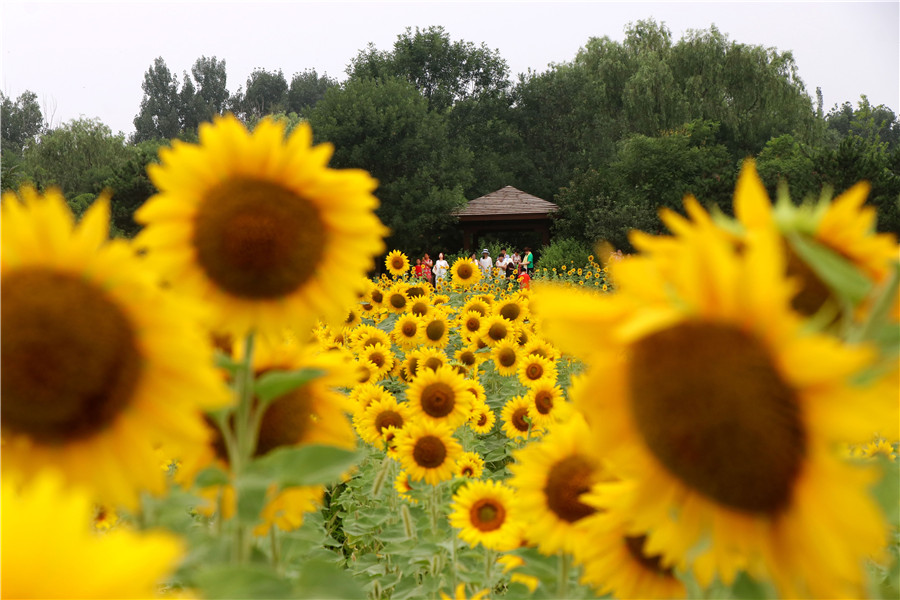
Olympic legacies
Hu Jie, the park's chief designer and vice-president of the Beijing Tsinghua Tongheng Urban Planning and Design Institute, said he used the work of Laozi, the sixth-century BC philosopher known for writing the masterpiece Tao Te Ching, in drafting the park's design.
"The ideology that man follows the Earth and the Earth follows heaven blended perfectly with the park's natural environment," he said. "I thought that to attain sustainability and environmental balance, the design should find a way to involve both human activities and animal behavior."
Many plans were submitted to the Beijing Municipal Government and the Beijing Organizing Committee for the Games of the XXIX Olympiad, or BOCOG, with hundreds of them rejected.
Hu said government officials put forward a specific request for the design that the capital's central axis should end within the park area.
From the south, the 7.8-kilometer central axis runs north, passing through Tian'anmen Square and the Forbidden City before ending in the north of the city.
What is now the Second Ring Road used to form a complete imperial city wall system which, along with major roads, provided protection. "As the city expanded into the surrounding areas, forming a northern border became an urgent problem to solve," Hu said.
He proposed an end to the central axis by using Chinese-style parks at Yangshan hill, an artificial site in the southern part of Olympic Forest Park. This 60-meter-high hill was finally selected.














